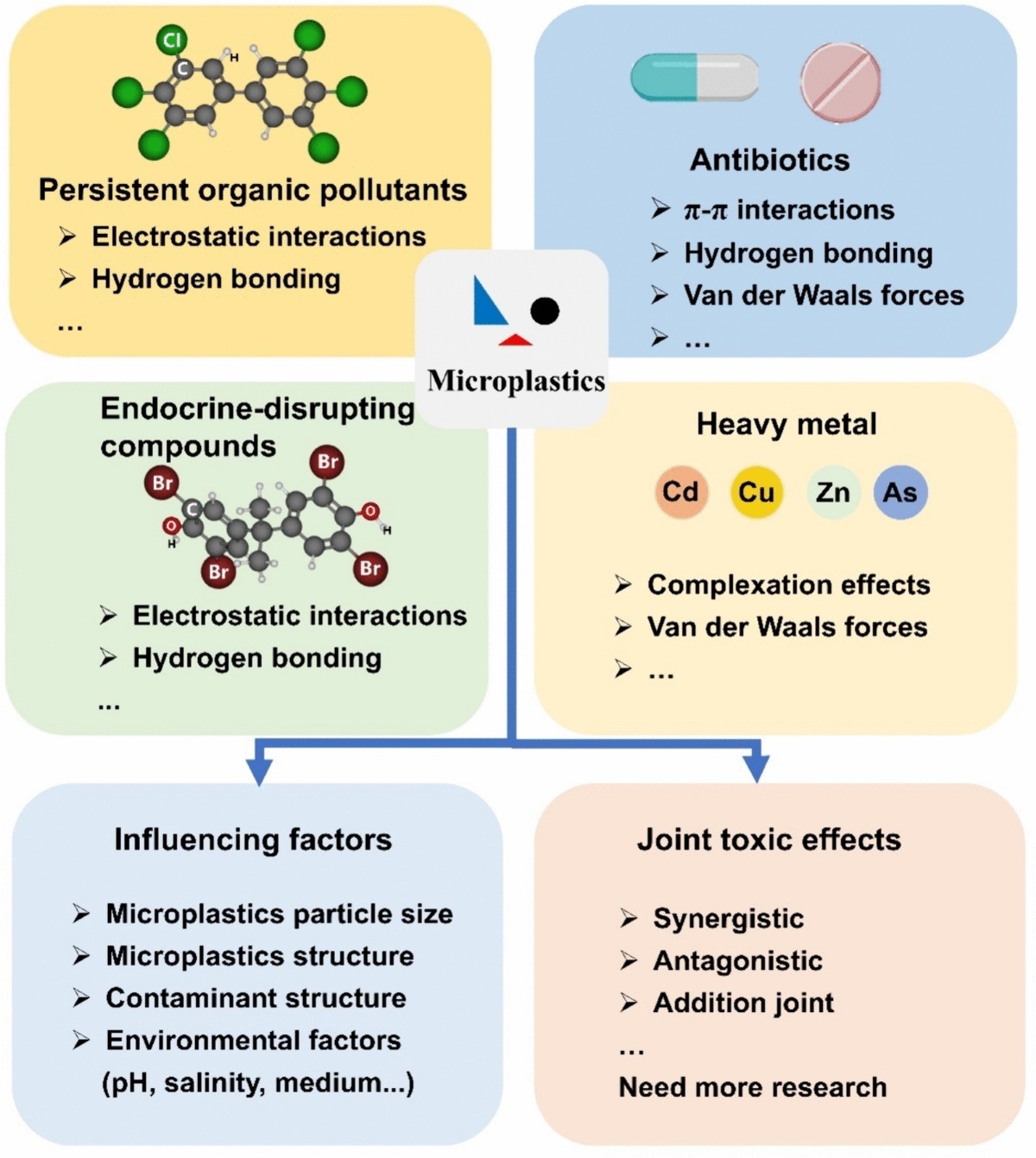
### Fresh Research Uncovers Possible Health Dangers: Nanoplastics Interfere with Antibiotic Efficacy Like Tetracycline
An innovative research effort by scientists at Umeå University in Sweden, alongside their associates, highlights a troubling relationship between nanoplastics and antibiotics, particularly tetracycline. The research, featured in *Scientific Reports*, indicates that these minute plastic particles can attach themselves to antibiotics, reducing their efficacy and potentially exacerbating the serious global problem of antibiotic resistance. These results unveil a previously overlooked danger to both environmental and human health, prompting critical inquiries into the widespread occurrence of microplastics in our environment.
#### A New Route for Nanoplastics to Endanger Human Health
Nanoplastics — extremely small plastic fragments measuring smaller than a micrometer (less than one-thousandth of a millimeter) — are prevalent in both natural environments and indoor settings. These particles stem from the deterioration of larger plastic materials, the degradation of synthetic fabrics, and the routine use of plastic items. Because of their diminutive size, nanoplastics can easily infiltrate the human body through inhalation or consumption and can be found in various organs and tissues.
Researchers from Umeå University discovered that when nanoplastics like polyethylene, polypropylene, polystyrene, and nylon interact with tetracycline, a frequently prescribed antibiotic, the drug binds itself to the surfaces of these plastic fragments. This association hinders the antibiotic’s ability to work effectively, perhaps making it less capable of treating bacterial infections.
### The Risk to Antibiotics: Why This Is Important
Tetracycline is a broad-spectrum antibiotic effective against a wide range of bacterial infections, from respiratory to urinary tract infections. Its capacity to target various bacterial strains renders it an essential weapon in combatting diseases. However, the recent finding that nanoplastics can “capture” tetracycline raises alarms regarding the drug’s availability for effective treatment.
Professor Lukas Kenner, the lead author of the study from Umeå University’s Department of Molecular Biology, highlighted the potential ramifications of this interaction as concerning. “Given the vast presence of nanoplastics, this could escalate into a significant issue. Antibiotics serve as a crucial defense line in healthcare, and any factor undermining their effectiveness could have grave consequences.”
This worry is magnified by the widespread emergence of antibiotic-resistant bacteria, making the decreasing efficiency of antibiotics considerably more perilous. If nanoplastics hinder the therapeutic action of these drugs, it could unintentionally accelerate the emergence of resistant bacterial strains.
### Unveiling the Interaction: How Tetracycline and Nanoplastics Connect
In the research, sophisticated computer modeling was utilized to analyze the interactions between antibiotics and various nanoplastics. Surprisingly, nylon, a common ingredient in many fabrics including clothing, exhibited the strongest bond among the nanoplastic types assessed. Nylon is prevalent in indoor settings, especially in household dust, where it can be frequently inhaled. This is noteworthy since indoor air can contain around five times the quantity of nanoplastics compared to outdoor air, raising the risk of human exposure.
When tetracycline interacts with nylon particles, it may not be entirely bioavailable, indicating that the antibiotic’s ability to reach its intended locations — such as the lungs, kidneys, or bloodstream — might be compromised. This not only diminishes the therapeutic potential of the drug but also raises concerns regarding the possibility of nanoplastics acting as “carriers” for antibiotics, potentially directing these medications to parts of the body where they are unnecessary.
### Nanoplastics, Antibiotic Resistance, and Global Health
One of the significant concerns brought to light by this research is the possibility of nanoplastics aggravating the worldwide challenge of antibiotic resistance, which the World Health Organization (WHO) identifies as one of the foremost threats to public health. Antibiotic resistance arises when bacteria adapt and develop mechanisms to survive exposure to antibiotics. The overutilization and improper use of antibiotics have accelerated this phenomenon, but nanoplastics could introduce a concerning new factor.
When antibiotics are “captured” by plastic particles, bacteria could be subjected to sublethal doses of the drug. At low levels of antibiotics, resistant bacterial strains are afforded an opportunity to develop while sensitive strains are eliminated. This scenario could intensify the dissemination of resistant bacteria, complicating the treatment of life-endangering infections.
### Broad Implications: Necessary Actions
The revelations from the Umeå University researchers indicate crucial areas of concern regarding both individual health and the environment. Nanoplastic pollution is rampant, and with its widespread presence in our water, air, and food, it is vital to comprehend the implications of their interaction with essential medications like antibiotics. Although the study focused mainly on tetracycline, there is a strong likelihood that other antibiotics may demonstrate similar interactions with nanoplastics.
“This research is merely the starting point. We need to investigate the complete range of effects that nanoplastics might have on various antibiotics and other medications that humans depend on,” stressed Professor Kenner.
### Future Research and Policy Suggestions